 “June Cotner's book proposals are the gold standard.” ~ Denise Marcil Marcil-O’Farrell Literary LLC ~ Guest blog by June Cotner If you’re a nonfiction writer who would like to have your book traditionally published, you will need a book proposal. In this post, I will be sharing ideas I have used to secure contracts with large publishers such as HarperCollins, Random House, and Hachette, as well as medium-size publishers such as Chronicle Books, Henry Holt, and Andrews McMeel Publishing. The most important principle is that your book proposal is a business plan prepared for the publisher to show them why your book will be successful. Here is a sample Table of Contents: 1. Overview 2. Description of the Book 3. Comp Books 4. Delivery Date 5. The Market (or The Audience) 6. Special Sales 7. Publicity 8. Sequels 9. About the Author 10. Sample Content A proposal may vary from 5-35 pages in length, plus sample content. You will create: 1. Overview More about this later. 2. Description of the Book This includes number of pages and perhaps a suggestion about the book package—trim size, hardcover or paper, and number of photos. 3. Analysis of Comp Books There are three types of comp titles: competitive, complimentary, and comparative. Also mention why your book will stand out from the competition. 4. Delivery Date When will you deliver the complete manuscript? 5. The Market that exists for this book Include statistics—if your book is about dogs, you can list the number of households in the U.S. who have dogs. 6. Special Sales This section lists places that sell books outside of a traditional bookstore, such as Paper Source, or a catalog such as Bas Bleu. Be very specific and selective about your suggestions. You should be clear about your rationale why various special sales markets will have an interest in your book. Perhaps your children’s book is about art museums, so you should include a link of all art museums in the U.S. If you think it’s perfect for The Land of Nod and Pottery Barn for Kids, go online and see if they sell your type of book. If so, list the chain’s online books link in your proposal. 7. Publicity I often call this section “Author’s Promotional Contribution,” so it’s clear to the publisher what I will undertake to make the book successful. In this section, I list traditional media (print, TV, radio) and blogs in which I’ve been featured. I include all of my social media links and the number of friends or followers for each one. 8. Sequels If you have a sequel or series idea, list it. 9. About the Author Write in third person. List why you’re an expert on this subject, along with any major book sales and awards. 10. Sample Content List all of your chapter titles and give a succinct description of each—no more than 3-5 sentences. After that, insert your first chapter. For your second sample, use a chapter that demonstrates why your book is a unique contribution to the marketplace. My favorite book about writing book proposals is How to Write a Book Proposal: The Insider’s Guide to Proposals that Get You Published, © 2017 by Jody Rein with Michael Larsen. The rest of my post is devoted to something new I’ve developed. I use the first page after the Table of Contents to present one page that will serve a dual purpose: First, I want to give the publisher a succinct overview of the book, why the market is perfect for it now, and why my target audience will be eager to read the book. Secondly, I make the first paragraph bold and I write it like a book description that would appear on Amazon. Here is the first page from the proposal for BLESS THE EARTH, coauthored with Nancy Tupper Ling. It resulted in a contract from Convergent/Penguin Random House. BLESS THE EARTH Overview and Description Bless the Earth: A Children’s Book of Prayers and Poems for Honoring the Earth celebrates the miracle of our planet Earth and offers a spiritual dimension of caring for our world through universal prayers of gratitude and earth-related inspirational poems. Bless the Earth is the only children’s anthology for 4–8-year-olds that knits together humanity, the environment, and spirituality in an engaging way that is simple for young readers to understand. Moreover, nine-in-ten Americans believe in a “higher power” (Pew Center). Bless the Earth will be a welcome addition for 90% of families. We live in an age in which 17-year-old climate activist Greta Thunberg received TIME’s 2019 Person of the Year award. Climate change and environmental awareness are at the forefront of topics that parents and teachers discuss with children. While no one wants to alarm young readers, a book like Bless the Earth fosters an awakened appreciation for the world around them. In support of these developing environmental efforts, Bless the Earth shows the importance of caring for our world, treating our neighbors—humans, plants, and animals alike—with respect, and imagining a positive future. While many contemporary children’s books focus on “being green,” Bless the Earth introduces a spiritual dimension not featured in comparative books. The book is compiled by bestselling anthologist June Cotner, whose books have sold more than one million copies, and multiple-award winning author Nancy Tupper Ling, whose children’s books have been published by major publishers. In Bless the Earth, writings from Karla Kuskin, Mary Oliver, Theodore Roethke, Emily Dickinson, Lao Tzu, Paramahansa Yogananda, and Kahlil Gibran intermingle with voices of celebrated poets such as Charles Ghigna, Patti Tana, Janine Canan, and Barbara Crooker. Bless the Earth will contain approximately 60 selections divided into five chapters below.
There is no one right way to write a book proposal. Do make sure you have shown the publisher why they should invest their money in publishing your book. 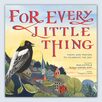 Bio: June Cotner is the author of 38 books including the bestselling books, Graces, Bedside Prayers, Wedding Blessings, and House Blessings. Her books have been published by both major houses and mid-size publishers. Collectively, her books have sold more than one million copies and have been featured in many national publications. To find out more about June and for helpful publishing tips, visit her website at www.junecotner.com. You can also find her at https://www.facebook.com/June.Cotner.Books and on Instagram (@junecotner) where she posts sections from her book proposals.
0 Comments
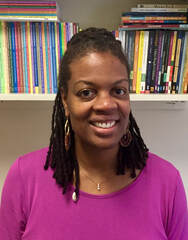 Guest Blog by Valerie Bolling My husband and I set goals every year, as individuals and as a couple. In 2017, one of my goals was to explore the possibility of writing picture books. It wasn’t a SMART goal (more about that later), but it still propelled me forward. That year I reached out to people I thought might be helpful to me in my “exploration.” I went to libraries and bookstores to do “research” – reading a myriad of children’s books and taking notes. I took a children’s writing class at Westport Writers Workshop where I now teach. I wrote and revised several stories. I even participated in a Twitter pitch, entered a contest, and sent out 16 query letters. Granted, that last sentence should be deleted. It was too early for me to take advantage of those opportunities and expect success. After all, I didn’t even have a critique group and hadn’t studied picture book structure and craft sufficiently. But I didn’t know that at the time. My goals have become SMARTer over the years. A SMART goal is Specific, Measurable, Accurate, Relevant, and Timely. Therefore, instead of my nebulous goal about exploring the picture book genre, I could have written a goal like: By March 31, I will read 100 picture books. In addition to creating goals that are SMART, goals should have other components that lead to achievement.  1. Think broadly about what you want long-term, and then break that down into a smaller goal. Example
2. Name the specific steps you’ll take to reach your goal. Example
3. Be accountable to yourself and to someone else. Example
 What’s most important is that your goals work for YOU. Here are some things to consider:
I have witnessed the power of setting goals. Not just setting them, but committing to them. That exploration goal in 2017 turned into the acquisition of my debut, LET’S DANCE!, in June 2018 and its release in March 2020. I’ve continued to set goals and, as a result, have two books releasing this year – TOGETHER WE RIDE (illus. Kaylani Juanita, Chronicle) in April and RIDE, ROLL, RUN (illus. Sabrena Khadija, Abrams) in October – and more on the way in 2023 and 2024. My goal for this year is to write a chapter book series. I’m currently revising my manuscript for the first book, which I plan to share with my agent in March. What do you hope to accomplish this year, and what goals will you set to get there? I wish you all the best as you turn your goals into successes.
 ~By Megan Litwin A former K-2 teacher, I’m a big fan of schedules and routines. I know how important it can be to have a structure to the day you can count on, yet one that also leaves room for organic detours. Schedules can be powerful - and comforting - for children and adults alike. Of course, life hasn’t made it easy to keep to any sort of schedule lately. But this January, I felt determined to start off on the right foot. 2022 brings with it my debut picture book, and I could not be more excited! At the same time, that means I’ve found myself with extra balls to juggle and new roads to navigate: a website, a wonderful co-marketing group, planning for events and school visits. All very good things indeed. But all NEW things, too. Now, besides time to write (to daydream, draft, revise, and more), I need a chunk of time just to keep up with being an “author.” No matter where any of us are on this journey, there is a certain amount of attention that needs to be paid to the business side of things. But how to make time for these different roles, without dropping any balls or feeling frazzled? I needed a comfortable routine I could count on. First, I thought about the time frame of my work day (something that looks different for everyone). My best work hours are absolutely when my kids are in school. Then, I thought about the flow. I knew I wanted to fiercely protect my writing time, no matter what got thrown my way each day. So actual butt-in-chair writing is the morning’s first work. I’ve committed to at least one hour a day for that. Or more! But setting a realistic minimum helps me stay true to that goal. If I’m in the groove and really deep into the work, that could stretch by hours – and I love when it can. Or I might write for just that hour and then do something else writing-related, like critiques. There is a certain amount of open-endedness built in. And a whole lot of morning coffee… No matter how it’s going, by the time lunch rolls around, it’s time to switch gears to author business. Choosing ONE focus per day helps, and that focus varies with deadlines and such. I might work on my newsletter, write reviews, or make pins on Canva (where I definitely can fall down the rabbit hole…). But when these tasks are not creeping into my writing/craft time, I actually enjoy them! After the writing and author work, I scheduled some reading time. Yes, I said “scheduled reading” – because it’s important to me, and my routine should reflect that. I might read a new pile of picture books, some poetry, or a beautifully crafted chapter book. My children get home around 2:30, so scheduling my reading to coincide with that allows me to model my commitment to reading AND encourages them to join me with their own books. Win-win! And finally, we all have many more roles and responsibilities other than writer/author/reader. I might have an appointment, get called to substitute teach, or have a sick child. And even on a perfectly organized work day, it is my role as Mom that is most important to me, and that one requires most of my attention once my kids are home. At that point, I tuck the work away and promise to return to it tomorrow, just like I would if I were leaving the classroom or office. Schedules work best when they are flexible structures. After an inspirational virtual webinar with Bethany Hegedus at the Writing Barn, where she talked about setting goals for each quarter of the year, I realized that maybe schedules could also be seasonal structures. I decided to call this a WINTER work schedule, and I already felt a lot less pressure to make it perfect. It may change when spring arrives, and then change again to fit the cadence of my summer days. But it suits me right now. It makes me feel full and warm – because I am making space for what matters to me, day in and day out, as this new year begins. And…it is an acronym!! Because, after all, I’m forever-at-heart a primary school teacher! A WARM Winter Work Schedule: Writer Author Reader Mom (*etc.) No time slots. No word counts. No pressure. These are simply the daily roles I want to spend time on, and in this order. What kind of an overarching structure works for YOU? What does your “winter writing season” look like? I hope it is warm and wonderful and full of whatever you need…right now.  Megan Litwin is a children's book author and regular contributor for 24 Carrot Writing. Her debut picture book TWINKLE, TWINKLE, WINTER NIGHT, illustrated by Nneka Myers (Clarion Books) will hit the shelves October 2022. To learn more about Megan visit her at www.meganlitwinbooks.com/.  Need gift ideas for your critique partners? Your writing friends? Or a hint to sneak on a list for yourself? Look no further! Our wonderful guest bloggers (aka gift elves) have joined us to share their favorite writing, illustrating or book must-haves. You’ll find serious and practical suggestions our guest bloggers use daily, as well as fun and whimsical items that bring joy and offer motivation. Peruse and enjoy our 2021 Writer’s Holiday Wish List! (Then maybe forward it to your favorite shopping elf!)
 Julie Rowan-Zoch is an author/illustrator. She followed her illustrator debut, Louis by Tom Lichtenheld (Clarion Books, 2020), with her author/illustrator debut of I'm A Hare, So There! (Clarion Books, 2021), and there are more projects coming. Learn more about Julie here.
Kristi Mahoney is a picture book writer whose work was featured in both the 2020 PBCHAT and 2021 PBParty picture book showcases. She’s a guest contributor for http://www.24carrotwriting.com/. Find out more at @kristi_mahoney.
Megan Litwin is the author of the upcoming Twinkle, Twinkle Winter Night (Clarion, 2022) and a guest contributor to 24 Carrot Writing. A former teacher (and a forever one at heart), her lifelong work is growing lifelong readers. Visit her at www.meganlitwinbooks.com.
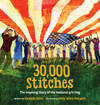 Amanda Davis is a teacher, artist, writer, and innovator who uses her words and pictures to light up the world with kindness. 30,000 Stitches: The Inspiring Story of the National 9/11 Flag is her debut picture book. Find out more at https://www.amandadavisart.com/
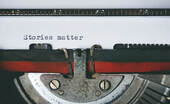 Sarah Jane Abbott is an editor and ghostwriter, who has a passion for helping authors write the very best version of a story. To learn more about Sarah Jane and the services available at Sarah Jane Abbott Editorial visit her website here.
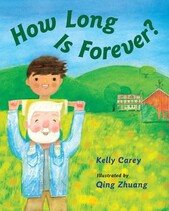 Kelly Carey is the co-founder of 24 Carrot Writing and the author of How Long Is Forever (Charlesbridge, 2020). Learn more about Kelly at www.kcareywrites.com.
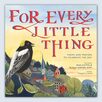 Nancy Tupper Ling is an award-winning children’s author, poet, book seller, and librarian, who has great fun teaching poetry to all ages. Her picture books have received starred reviews from Kirkus and Publishers Weekly, and her newest anthology entitled For Every Little Thing (Eerdmans Publishing) hit the shelves in September 2021. Visit Nancy's website at www.nancytupperling.com/
 Founder of the Writers’ Loft community, and developer of the Creatively WIN method for writers, Heather wears many hats. She is a professional mentor, publisher, editor, author, conference director, and Pokémon catcher. Her most recent project is a non-profit she co- launched with Kristen Wixted that aims to get books into the hands of vulnerable kids. To learn more about Little Book Locker, click here. Find out more about Heather at www.heatherkellyauthor.com  Kristen's picture book, Miss Rita, Mystery Reader, which she wrote with her nephew Sam Donovan (who spent a lot of time sitting in the chair when they were revising) is coming out May, 2022 from MacMillan FSG Young Readers. When Kristen is not writing she's usually working on Little Book Locker which people can find out about at LittleBookLocker.org. Her website is kristenwixted.com
 Annie Cronin Romano is one of the co-founders of 24 Carrot Writing and is a published picture book author. In addition to her love of kidlit, she also writes adult fiction, works as a bookseller and library assistant, and is a literary associate with Olswanger Literary. Learn more about Annie at www.anniecroninromano.com.
 Amanda Smith is a co-founder of 24 Carrot Writing. Her poems "Stingray" and "Cuttlefish" can be found in the Writers' Loft's newest illustrated anthology Friends and Anemones: Ocean Poems for Children. Learn more about Amanda at AmandaSmithWrites. Bonus Gift Ideas: Let's be honest. We don't always need more stuff. Often an experience or thoughtful donation to a bookish cause will warm the cockles of a writer's heart more than any physical object. Consider giving a yearly membership to a local writing organization or community such as the Writer's Loft, a craft related online course or workshop, or an SCBWI-membership. Or perhaps donate towards a worthy organization, such as Little Book Locker, in the name of the writer in your life, and let them know. 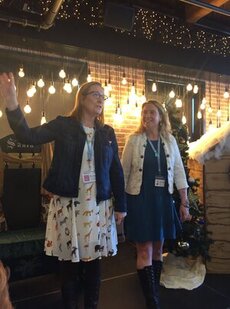 Kristen and Heather at the launch of AN ASSORTMENT OF ANIMALS. Kristen and Heather at the launch of AN ASSORTMENT OF ANIMALS. ~ Guest post by Heather Kelly and Kristen Wixted Hold onto your hats, folks, this will be a long post. But our goal is to give you a blueprint for following your dreams of holding your book in your hands! It’s Heather Kelly and Kristen Wixted here, publishers and editors at Writers’ Loft Press and Pocket Moon Press. Not only do we indie-publish our own stuff, but we publish anthologies and mentor other writers to publish their own work. Check out our previously published anthologies: Firsts, An Assortment of Animals, Friends & Anemones, and Heather’s workbook to help you get the writing done, Jumpstart Your Writing in 30 Days. Today we’re going to take you on a journey to publication using Tom Franklin’s brand new steampunk Middle-Grade adventure story, The Pterrible Pteranodon, as a guide. THE MECHANICS: Tom started with a very clean draft that had been critiqued and edited. Pro Tip: Throw your manuscript into Pro-Writing Aid for a final polish! We recommend hiring freelance editors and copy editors at places like ALLi—the Alliance of Indie Publishers, Reedsy, or other indie-friendly forums. Next, Tom hired Robert Thibeault to create a genre-specific cover. Tom did his research by checking out his genre bucket at Amazon. Make sure to check out your genre-bucket best-sellers at Amazon before you choose a type of cover. For example, here are the best sellers of middle-grade steampunk at Amazon: Robert Thibeault designed an amazing and genre-specific cover: Hopefully, you can see how it would not only fit alongside the books in its genre but also stand out. It looks great as a thumbnail. Very important in this digital age! Pro Tip: Choose a type of cover that sells well in the genre. What you love as a book cover might not be what your reader loves. Sometimes as authors, we have to put our personal preferences aside! Here’s a closer look at Tom’s cover, so you can see the details: You can see here how an artist and book designer make a cover—it wraps around. Isn’t that cool? REACHING YOUR READERS: While Tom was waiting for his cover art masterpiece, he put up a freebie so people would sign up for his mailing list. Having an email list—direct contact with fans—is the most important piece of the publishing puzzle. Without this, every time you publish a new book, you start from scratch looking for fans. Tom gave away the first few chapters of his book and audio files of his book to entice people onto his list. Check it out here. Go ahead and sign up—Tom is going to KICKSTART this book, and you get to walk through the steps with him! (See the countdown page here!) Don’t just hide your freebie and the sign-up to your list on your personal website—plug it into one of the sharing sites that go directly to fans. Right now, two of the biggest sites are BookFunnel and StoryOrigin. Using sites like these, Tom doubled the number of fans he had on his list! Pro Tip: Story Origin is still in beta, so it’s currently FREE to use! Nothing beats free! Once you have fans, interact with them on a weekly or regular basis. Use email companies like MailChimp or mailerlite to do this professionally. Pro Tip: Make sure to consider who your fans are and give them what they are looking for! Remember that the people who sign up for your list are readers of your genre (or parents of the readers) and not just other writers or your friends. Formatting/Book Design: Use a program like Vellum (only for Macs) to format the inside of your book, or use the free program at Reedsy. Reedsy is a great one-stop-shop for finding indie-publishing support in general. PRODUCTION: While growing his email list, Tom finished all the production pieces. Here’s a list you can use:
Upload all the pieces (formatted correctly) along with the final cover artwork to Ingram Spark. Pro Tip: if you pay to be a member at ALLi you get a code for free uploads and Kindle Direct Publishing (KDP has free uploads. Upload your ebook to KDP and choose to either have your book in Kindle Unlimited or use a distributor to go wide (like Draft2Digital) Pro Tip: Sites like Ingram Spark and KDP are often wonky, so make sure to save all your keywords and descriptions and bios elsewhere and paste them in. We have had some tense moments in the past! Pro Tip: You can purchase keywords that work in your genre at K-lytics, KPD Spy, or Publisher Rocket, to attract the right online buyers. Oftentimes as authors, it’s hard for us to think about what search words readers use! These keywords help people find your book when they search for it. If this seems like it’s a costly process, it can be. We generally budget $1,000 for a novel. (For an original cover like Tom’s from an artist, it’s much more!) But you can publish on a shoestring budget, by buying your cover premade (there are so many sites to use--just search for ‘premade book cover’) or by bartering. If you know someone who is a cover designer, and you are a great editor, trade those skills! Pro Tip: It’s okay to publish with the budget you have and then upgrade things as you go! FIND YOUR "WHY?" One of the most important questions to ask, before you start this process, is, “Why?” Why are you indie-publishing? If you want to see your book in your local bookstores:
If you want to make the most money you can:
Whatever you do, don’t go it alone. Some of the best resources for authors starting out on the Indie-pub path are Joanna Penn’s podcasts, the Facebook Group 20 Books to 50K, and joining an indie pubbing group. We have a virtual one at the Writers’ Loft if you’d like to join (email writersloftma@gmail.com to get on the email list). It’s run by Dave Pasquantonio who is also a freelance editor and knows a ton about book promotion. We promise, once you get going, things get easier, because you keep running into the same people, the same sites, and most of the people you run into are very supportive! So that’s another part of the job—be supportive of your fellow writers. Pro Tip: Don’t shortchange your readers—oftentimes the beautiful things that we love about books are simple enough for indie-publishers to achieve. See the gears that Tom added to each page number, the way his cover artist put the Pocket Moon Press logo into a gear, and how Tom invites his reader to read on into the next adventure! Phew, we covered a lot, right? Thanks to 24 Carrot Writing!
Feel free to leave us questions in the comments! Just out of curiosity, did we make you open up a billion tabs? We might just give a prize for the person who fesses up to opening a ton of tabs! Heather generally has at least 25,000 tabs open on her screen on any given day. (Let us know in the comments and we’ll pick someone at random.) Did you sign up for Tom’s email list so you can follow his further adventures in Kickstarting? We can’t wait for that process. (That’s another blog post)! 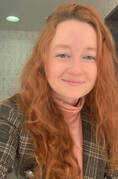 Guest blog by Sarah Jane Abbott As a writer myself, I understand the struggle of trying to figure out when a story is “finished.” Is it ready to submit? Or does it just need a few more months of tinkering before it’s ready to be extracted from the bowels of my laptop? The truth is, it’s easy to make little adjustments to a manuscript forever and never send it out. There’s a fine line between putting thoughtful, thorough revision into your manuscript and completely overworking it. So how is one to decide when it’s time to stop tinkering and start querying? Take A Step Back One of my best tips is to take a step back for perspective. It’s easy to get so close to a manuscript that objectivity is impossible; if you’ll excuse the cliché, you can’t see the forest for the trees. So put the manuscript away and work on something else. Try not to even think about it for several weeks. Then, when you come back to it, it should feel fresher and you may be able to see it in a way you couldn’t before. Maybe you’ll realize it needs more revision after all. Or maybe, after being away from it, you’ll see that it’s stronger and more polished than you remembered. 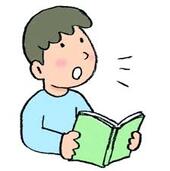 Read Aloud Picture books are a unique and special form in literature in that they are often read aloud. I always suggest that authors read their work out loud before finalizing it. This will help you see numerous things: Is the language colorful and engaging? In a rhyming text, do the rhyme, rhythm, and meter flow naturally? Does the pacing move along quickly enough to keep a child’s attention, while allowing time for the plot to develop? If all of these things feel good during read aloud, it’s a positive sign that the manuscript is polished. Get Feedback from Critique Partners Another helpful tool to gauge readiness for submission can be input from a trusted critique partner or group. It’s one thing to have a non-writer family member or friend read your work; you’ll often be met with sincere, but vague feedback like, “this is really great!” Peers who are familiar with the world of writing for children specifically will be able to give targeted, constructive feedback on your work. Your critique partners can give their honest opinions about the readiness of the manuscript for submission and, if they think it still needs work, their thoughts on how it can be revised. The possible pitfall, of course, is taking so much feedback from so many critique partners that you lose your own voice or intention. Maybe you’ve followed several different suggestions and ended up with so many different versions of your manuscript you barely remember the story you were trying to write in the first place. Maybe you’ve written both rhyming and non-rhyming versions, both first and third person narration, in past and present tense. It gets confusing! Or maybe you’ve tinkered and tinkered and even though you think it’s a strong manuscript, you just can’t seem to make yourself press send on any queries. If you feel stuck, maybe it’s time to bring in a professional. A freelance editor can use their experience and industry knowledge to give you an expert opinion on your manuscript’s readiness for submission as well as what areas need revision. They can read multiple versions and tell you which one they think is the strongest, or help you pull together the best pieces from different iterations of the manuscript to make the heart of your story shine through. Celebrate! Most of all, the important thing to remember if you’re thinking you’re ready to query is: it’s a big accomplishment just to be at this point! So take a breath, take a step back, and read through that manuscript one more time. Pressing send can be scary, but once you’ve put in the work to polish up a story you’re confident in, it’s an incredibly satisfying feeling to send it out into the world. 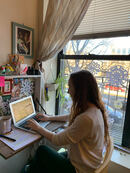 Sarah Jane Abbott is an experienced editor who has spent eight years making books for children. She got her start at Simon & Schuster’s Paula Wiseman Books and Beach Lane Books, where she had the pleasure of working with many wonderful authors and illustrators including Samantha M. Clark, Samantha Cotterill, Scott Magoon, Anita Lobel, Alice B. McGinty, and Diane Goode. In 2020, she established Sarah Jane Abbott Editorial, and works with authors and publishers on a wide range of projects. Visit her at sarahjaneabbotteditorial.com or get in touch at sarahjaneabbotteditorial@gmail.com. 
~Guest Post by Amanda Davis
Hello fellow-24 Carrot Writers! My name is Amanda Davis. I’m an author-illustrator and high school art educator. My debut creative nonfiction picture book, 30,000 STITCHES: THE INSPIRING STORY OF THE NATIONAL 9/11 FLAG, will be hitting shelves May 4th. The story is illustrated by the amazing Sally Wern Comport and will be releasing with WorthyKids/Hachette Book Group. Thank you to the 24 Carrot Writing team for inviting me onto the blog today. I’m excited to kick off my MINI BLOG TOUR for my cover reveal (more about this at the end of the post) by chatting about all things nonfiction. I learned a lot about writing nonfiction from crafting my debut and attempted to boil my process down to the Three ‘R’s of Writing Nonfiction for Children. Let’s dive in!
1. The first ‘R’ of Writing Nonfiction for Children is RESEARCH:
The research for my debut picture book, 30,000 STITCHES began seven years before I ever started drafting a manuscript for it. Late summer of 2011, I was searching for a lesson I could facilitate with my high school art students to honor the tenth remembrance of 9/11. As I was researching, I came across the story of the National 9/11 Flag and knew I needed to share it with students. We learned all about the flag and then created our own patched together flag inspired by the story
The story of the flag continued to linger, and as I began more seriously diving into the world of kidlit, I was drawn back to it. I have a background in journalism so uncovering stories, facts, and resources, is right up my alley!
My boiled down nuggets from the research are:
2. The second ‘R’ is for REVISION: After the bulk of my research was complete (or so I thought), I began to revise my story…and revise…and revise again. Looking back, I’m afraid to officially count the number of versions I have so I’ll just leave it at countless. We all know that revision is part of every writer’s process but I noticed I felt an added weight when it came to writing nonfiction because there was no room for error when it came to relaying the facts of the story and the subject matter. My boiled down nuggets for revision are:
3. The third and final ‘R’ in writing for nonfiction is REPEAT: Once you land a deal for your nonfiction story, your research and revision will most likely be on repeat. There will be questions to answer, details to check, and countless times you will dive back into your sources for information.
If you are taking on the challenge of writing nonfiction, hooray! I hope you found these nuggets of information helpful in your process. For me, there is an undeniable pleasure in knowing that I’m sharing an important, true story with the world and making it accessible and fun for children to read and learn about. What could possibly be cooler than that? I’d like to leave you with one final BONUS ‘R’ for the road, which is ROCKS, because simply put, when you truly boil it all down, nonfiction ROCKS! I hope you will join me in celebrating my cover reveal by following along with the tour. I’ll be stopping by the places below, and using the #30000StitchesTour. There will be fun giveaways and prizes along the way!
Today’s giveaway is a chance to win one of 10 (ten) signed copies of 30,000 STITCHES!
Enter the giveaway below. Be sure to check out tomorrow’s stop on the tour over at author, Brian Gehrlein’s PB Spotlight blog. I’ll be in conversation with my agent for 30,000 STITCHES, Melissa Richeson, and she’ll be offering a generous giveaway. Stay tuned! Happy Creating! ~Amanda Enter for a chance to win one of 10 (ten) signed copies of 30,000 STITCHES here: Amanda Davis is a teacher, artist, writer, and innovator who uses her words and pictures to light up the world with kindness. After losing her father at the age of twelve, Amanda turned to art and writing as an outlet. It became her voice. A way to cope. A way to escape. And a way to tell her story. She was thus inspired to teach art and pursue her passion for writing and illustrating children’s books. Through her work, Amanda empowers younger generations to tell their own stories and offers children and adults an entryway into a world of discovery. A world that can help them make sense of themselves, others, and the community around them. A world where they can navigate, imagine, and feel inspired—over and over again. When she’s not busy creating, you can find her sipping tea, petting dogs, and exploring the natural wonders of The Bay State with her partner and rescue pup, Cora. Amanda is represented by Jennifer Unter of The Unter Agency. Her debut picture book, 30,000 STITCHES, hits stores May 4, 2021 with WorthyKids/Hachette Book Group. To connect with Amanda and learn more about her work: Visit her online at amandadavisart.com (http://amandadavisart.com/) Twitter @amandadavisart (https://twitter.com/amandadavisart) Instagram @amandadavis_art (https://www.instagram.com/amandadavis_art/) and Facebook. (http://facebook.com/amandadavisart)  Oh, yes! It's that time of year again. Each year as the holiday season approaches, the 24 Carrot Writing crew asks featured guest bloggers to share their favorite writing and/or illustrating gadgets, tools, or items that help them in the creation of their work. Sometimes they share a favorite tool they use in their daily creating; other times it's an item that brings them comfort, joy, or motivation as they work. It is our hope that this writers' gift list provides you with unique holiday gifting ideas, be it for yourself or for the writers in your life. This year, we're posting our list earlier than we have in the past to allow more time for perusing and, of course, shipping! So take a look, and if you have any favorite items that you use in your writing/illustrating, please share them with us in the comments section. We always love to hear from you!
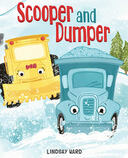 Lindsay Ward is an author illustrator from Ohio. Her most recent book Scooper and Dumper launched from Two Lions in November of 2020. Her work has been reviewed in Kirkus Reviews, Publisher’s Weekly, and The New York Times and she is the founder of Critter Lit, a free online picture book manuscript and illustration critique service for up-and-coming authors and illustrators. Each year, I use a simple composition notebook as a modified bullet journal, and I typically buy them at the beginning of the school year when they are on sale. I use my glue gun to add an elastic loop for my pen and a ribbon bookmark to track my place. I am not a diehard bullet journaler, but I always include a table of contents in the front so I can track story ideas, work on different drafts, notes from webinars, and from meetings with my agent, etc. In the back, I include an ongoing list of every single annual accomplishment/celebration, as small as finishing a draft or a school Skype visit, and as big as a book sale or a major review. Author Michelle Cusolito has wonderful blog post about bullet journaling for writers: https://www.12x12challenge.com/bullet-journaling-for-writers/. At the end of each year, I look forward to reviewing my accomplishments and making a plan for the new year. 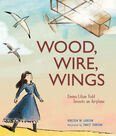 Kirsten Larson is the author of WOOD, WIRE, WINGS: EMMA LILIAN TODD INVENTS AN AIRPLANE (Calkins Creek, 2020) and the upcoming A TRUE WONDER: The Superhero Who Changed Everything, illus. Katy Wu (Clarion, 2021) and THE FIRE OF STARS: The Life and Brilliance of the Woman Who Discovered What Stars are Made Of, illus. Katherine Roy (Chronicle, 2022). Learn more about Kirsten at kirsten-w-larson.com.
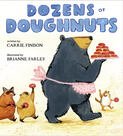 Carrie Finison is the author of DOZENS OF DOUGHNUTS (illustrated by Brianne Farley), released in 2020 from G.P. Putnam's Sons Books for Young Readers, and the upcoming picture book DON’T HUG DOUG which will arrive on shelves in January, 2021. Find out more at https://www.carriefinison.com.
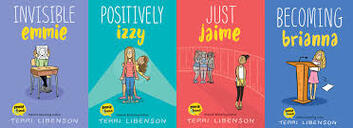 Terri Libenson is a New York Times bestselling children’s book author and award-winning cartoonist of the syndicated daily comic strip, The Pajama Diaries, which ran from 2006-2020. BECOMING BRIANNA, the fourth book in her Emmie & Friends series released in 2020. Find out more at http://terrilibenson.com. It's intended use is to keep track of weekly appointments and such, but I use it to create a visual representation of how much work I've done by marking each completed task with a stamp at the end of the day. When doing the art for a book that's 200-plus pages, the ritual of marking my achievements and watching them stack up over the course of the month feels rewarding... and always having the pad on the corner of my drafting table lets me know when I need to get my butt into gear to meet a deadline.  Kayla Miller is the author and illustrator of the best-selling Click series of graphic novels. The fourth book in the series, CLASH releases in 2021. Learn more about Kayla at https://www.kayla-miller.com. They're small enough to carry everywhere, so as long as you've got a pocket and a pen or pencil, you're good to go. Sometimes I make my own notebooks, but these are very nice ones from the CW Pencil Enterprise, one of my favorite small businesses - they used to be dedicated to selling only pencils (plus erasers and sharpeners), but are about to expand to carrying a variety of other writing tools as well, "prioritizing brands that are local, small and have great sustainability and ethics practices". Excellent! For a really special treat I'm eyeing this bright book. 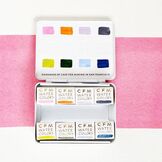 I use watercolors for my illustration work, and am always excited to find a new paint to try out. A few years ago in San Francisco I stumbled across a tiny shop dedicated to handmade watercolors called Case For Making, and I've finally treated myself to a palette and some paints from them. Each color is blended and made by hand in their San Francisco shop, and the business is very small, woman-run, and speaks out about important causes, so I feel good supporting them. Many of their colors are unique, filling gaps I didn't even realize existed in my well loved watercolor palette. 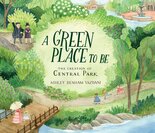 Ashley Yazdani is a picture book author/illustrator, reader, and nature lover. Her Golden Kite Award winning debut book, A Green Place to Be, is currently available from Candlewick Press and can be found at your local bookstore. To learn more, visit http://www.ashleyyazdani.com. 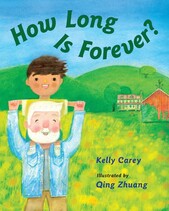 Qing Zhuang is the illustrator of “How Long is Forever?” (written by Kelly Carey and published by Charlesbridge 2020). She is currently writing and illustrating a new book tentatively titled “Rainbow Shopping” due to be released by Holiday House Summer 2022. Visit www.Qingthings.com and follow her on Instagram @Qingthings for more news and information!
 Jordan Standridge is a Marketing Associate at Charlesbridge Publishing. He makes sure authors, illustrators and books gets out into the world! To learn more about Charlesbridge and the books Jordan works with visit the Charlesbridge website by clicking here.
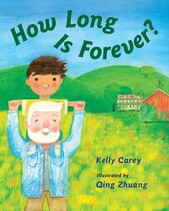 Kelly Carey is a co-founder of 24 Carrot Writing and the author of How Long Is Forever? (Charlesbridge, April 2020). Learn more about Kelly by visiting her website.  Annie Cronin Romano is a co-founder of 24 Carrot Writing and the author of two children's books: Before You Sleep: A Bedtime Book of Gratitude (Page Street Kids, 2018) and Night Train: A Journey from Dusk to Dawn (Page Street Kids, 2019). To learn more about Annie, visit her website at www.anniecroninromano.com.
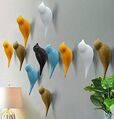 I am also absolutely in love with my DesignSter Resin Bird Coat Hooks. They are awesome for office organization, and a whimsical place to hang library totes.  Amanda Smith is a co-founder of 24 Carrot Writing. Her poems "Stingray" and "Cuttlefish" can be found in the Writers' Loft's newest illustrated anthology FRIENDS AND ANEMONES: Ocean Poems for Children. Learn more about Amanda at AmandaSmithWrites.  ~By Amanda Smith You know those days where you spend an entire day revising a picture book manuscript, making dummies and cutting your manuscript into little strips and studying the dialogue to make sure your characters’ voices are distinct yet consistent? But at the end of the day nothing looks much different. Or those days you research agents to query, and after many hours, have nothing more than a list to show? Do you sometimes feel that drawing up maps or house plans for your novel, or filling out character sheets are wasting writing time, because no actual words are added to your WIP? A lot of the work we do as writers, cannot be measured in tangible, concrete ways. It is easy to discount these aspects of our work. Yet, all these things are part of the writing journey and we need to acknowledge them as valuable. That is why, at the beginning of this year, I knew I wanted to track my writing progress in a way that included all these aspects of writing. Enter: The bullet journal. Wait, hear me out. I’ve also looked at bullet journal blogs and thought What is this chaos? or This seems like a giant time suck. But that is the beauty of a bullet journal: You can make it exactly what you need it to be. To have a journal that functions for you, there are a few questions to answer: 1. What is the purpose of your bullet journal for you? What do you want it to do? Some authors, like Kate Messner, use one journal to manage all aspects of their life. If that sounds ideal to you, I encourage you to read Kate’s blog regarding bullet journaling here. However, I needed something dedicated to writing and writing-related business ONLY. The rest of my life, my children’s schedules and dentist appointments still went in a daily planner. What I needed was a home for all things writing. 2. How decorative do you want it to be? I like pretty. I buy planners, folders and notebooks based entirely on looks. I want beautiful covers AND decorative pages inside. Very early on in my research I realized that, if left unchecked, the bullet journal, instead of the writing, would become the project. I could easily spend all my time making it pretty, with swirly calligraphy and coloring pages. But that was not the purpose. The journal was to be my tool. I settled on a simple, functional format, with a little pretty on each page. I do not spend more than an afternoon a month to prep the next month’s tracking pages. (I would not recommend setting up your entire journal at the beginning of the year. As you and your journal grow together and get used to one another, you are going to want the freedom to tweak the format.) Also consider size here. I wanted room to spread out and use sticky notes and notecards, so my journal is 7X10 inches. 3. What do you need in your journal to move you towards reaching your goals? I took some time over my Christmas break last year to research other writers’ bullet journals and noted which components would be helpful to me. Inspired by M.M Chouinard, I jotted down what I wanted to track in my journal. Here is where I landed: A Writing Dashboard with all my projects and in which stage of the writing journey they are - an overall view of all my current projects. I love using sticky notes on my dashboard, because I can easily move projects from the “Drafting” heading to the “Revision” heading as the project moves along. A place to track yearly and monthly goals. The image shows my monthly goals for September, but I also have a page in the front of the journal where my yearly goals are listed. I check in on those quarterly to see if I am on track. I like to tally reading with my monthly goals. Some writers have separate book logs in their bullet journals, while others like to use a coloring sheet glued into the journal. Towards the front of the journal I have a page to track overall progress in my individual projects. For novels I mark progress by scenes. For picture books, I check a box every time I do a revision. For every month I have a writing log to jot down daily word count. For revisions I write the section/ scene I revised and its changed word count. Notice the celebratory sticker at the end of the month? Don't forget to reward met goals with happy carrots! On the page next to my writing log, I use Five Things a Day to track other writing related work such as agent research and days spent on querying, critiques, blogs, research, and so forth. Even though I hardly ever fill all five boxes for the day, I do learn a lot from looking back at these pages. I have learned, for instance, that I prefer not to write and revise on the same day. I have a section designated for monthly blog meeting notes and blog related business. If you do not have a blog, you might want a designated space for website planning and maintenance, or social media strategies. A grid with sticky notes keeps track of queries for each project. I still keep detailed records in a spreadsheet, but with this tool I know at the drop of a hat exactly where which manuscript is. Having everything writing related in one place made this a super productive writing and querying year for me. What do you need to track your progress and other writing related notes? I would like to encourage you to take some time over the next few months to come up with a custom-made system that will empower you in your writing journey.
 by Annie Cronin Romano You’ve heard the advice: read what you write. Do you write nonfiction picture books? Read hundreds of them. Are you a middle grade fantasy writer? Read all the fantasy MG you can get your hands on. Write dystopian young adult? You get the picture. Let me be clear. This is good advice. Solid advice. It is imperative to be aware of what is getting published in the area in which you write. It’s important to study it. What makes those books work? Why did it make it to the shelves? What is unique about the concept? But what writers often overlook is that it is just as important to nourish our reading souls as it is our writing knowledge. That means reaching for that book outside the genre in which you write and reading for pleasure. Grab that commercial book club novel. Dive into that mystery or psychological thriller. Itching to check out a sci-fi series? Go for it. Pour a glass of wine and crack the spine on that romance. I write picture books and middle grade, and I read as much as I can in both those areas. For quite a while, that’s all I read. But since working in a bookstore and a library for nearly a year, I’ve been reading a lot more YA and adult books of all stripes. I needed to be familiar with what was on the shelves beyond just the children’s sections. When customers and library patrons come in, I have to be prepared to offer tips and guidance in a broader range of areas. And—Surprise! Surprise!—I discovered I could learn a lot from those books that–despite not being the type of books I write--offered a window into strengthening my own writing, regardless of the genre. I found myself considering pacing, character development, plot, setting: the elements that are required in any story, inspired from a different perspective. I wondered how I could try different styles and points of view, how I could switch up my characters and make them more engaging, how I could play with setting and voice. I was still reading for pleasure, of course, but I realized that even though a book isn’t specifically a mentor text to what I write, I can still learn about the art of writing from reading it. Eureka! Of course, no matter what I read, I’m always enjoying myself. But often, I felt locked into a particular genre because it aligned with what I wrote. Now I read more outside my writing genres because it feeds my reader’s soul and, I firmly believe, makes me an even better writer. So yes, continue to read mentor texts and study the areas in which you write, but go beyond that, too. Make time to read whatever catches your fancy. Your inner reader and your thoughtful writer will thank you for it. |
Peruse blogs for advice and tips from KidLit creatives.
Categories
All
Archives
April 2024
Click to set custom HTML
Click on the RSS Feed button above to receive notifications of new posts on this blog.
|
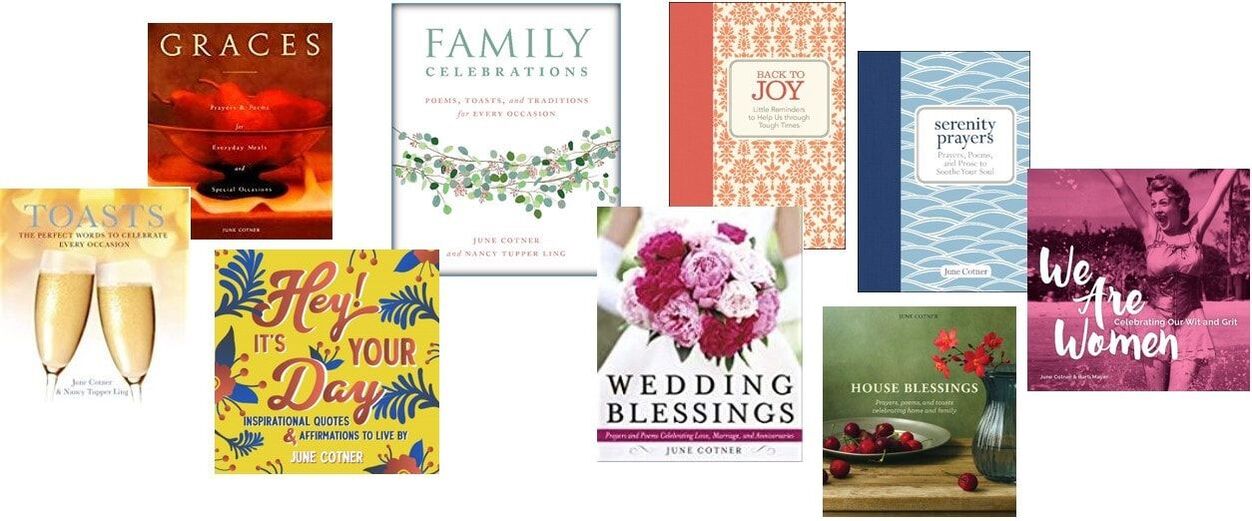
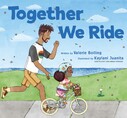
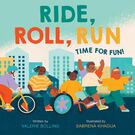
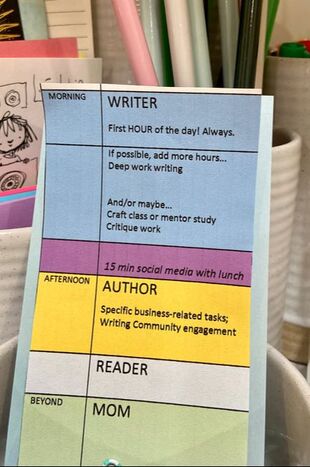

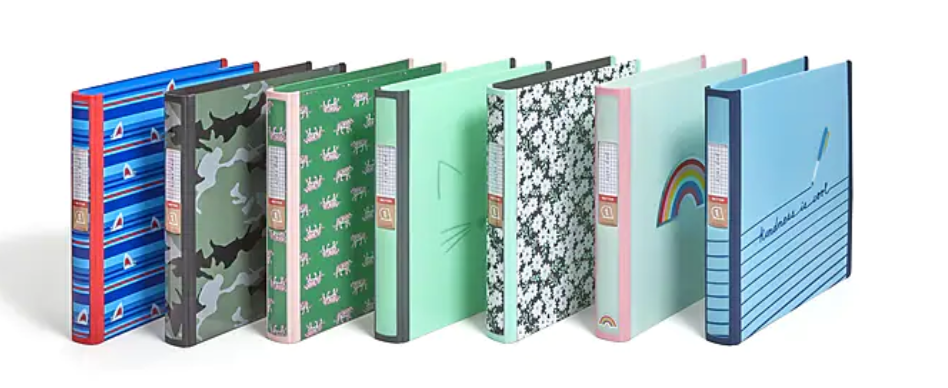
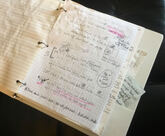

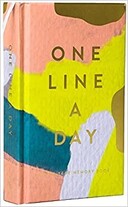


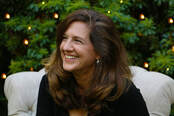

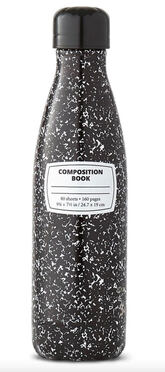

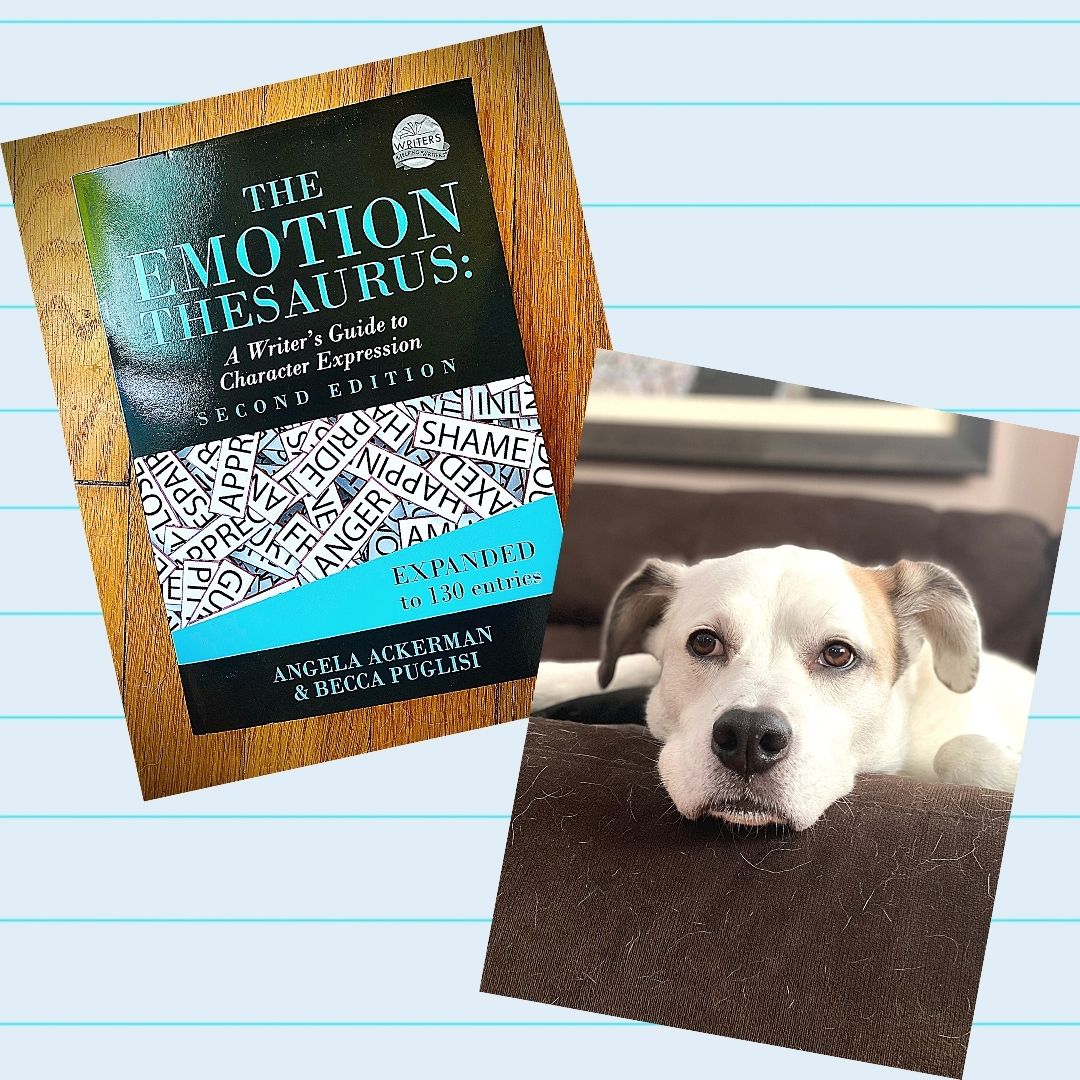
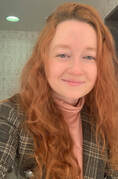
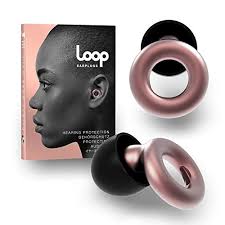

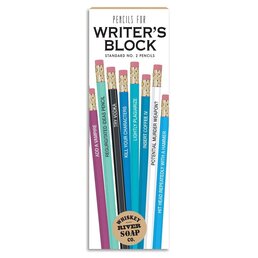

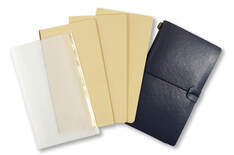
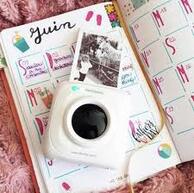

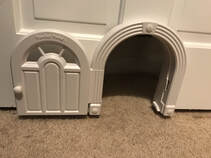
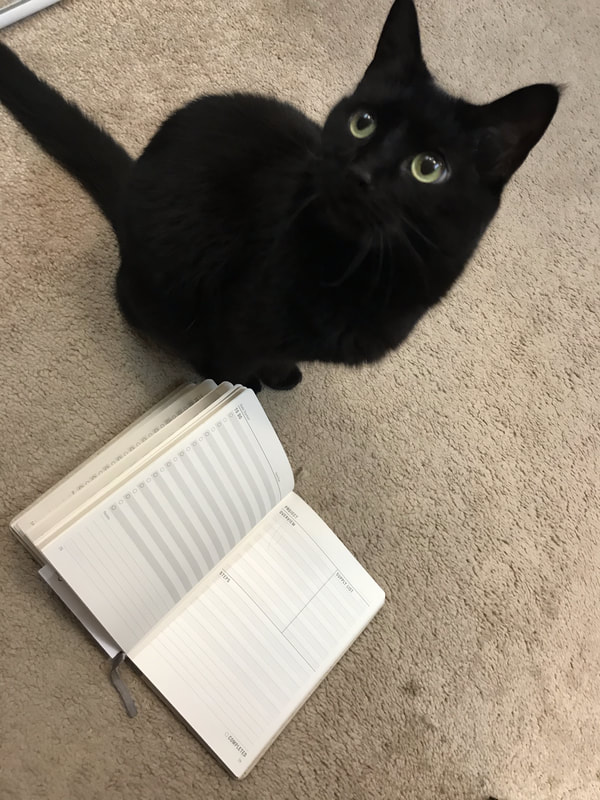


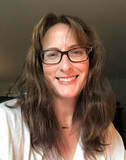
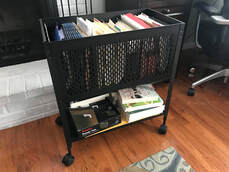


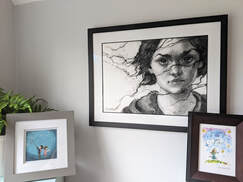
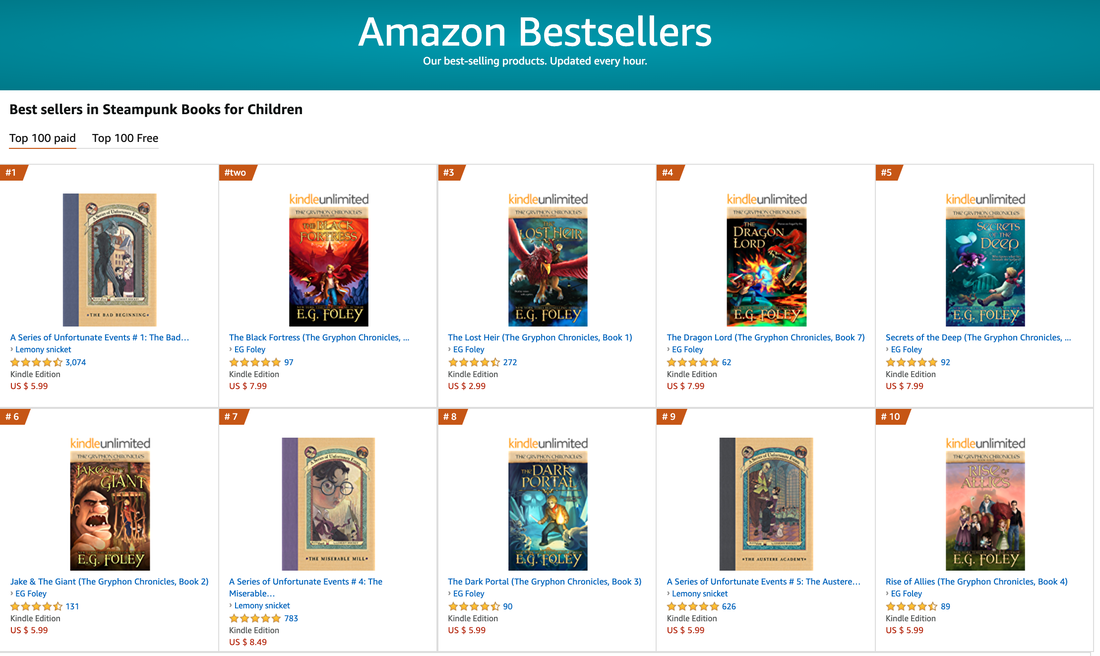
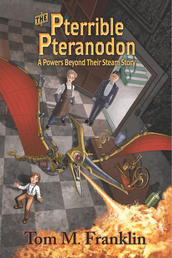

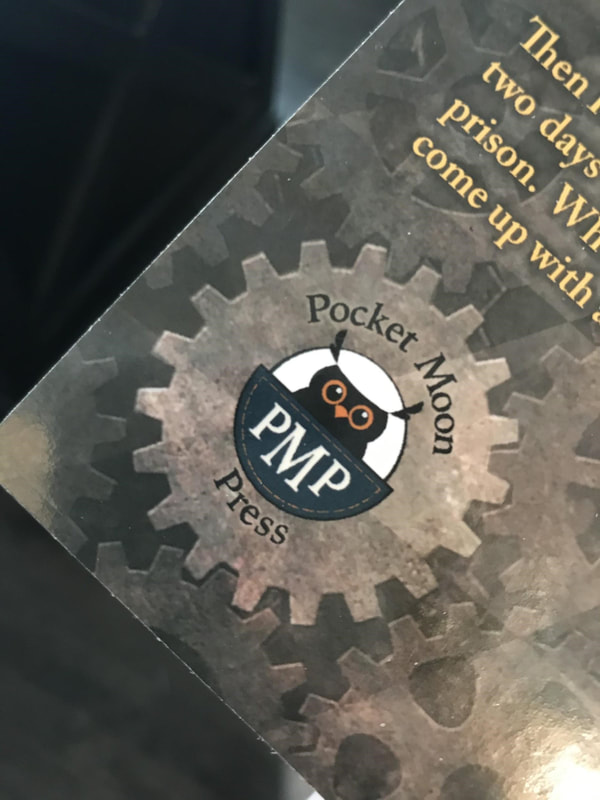
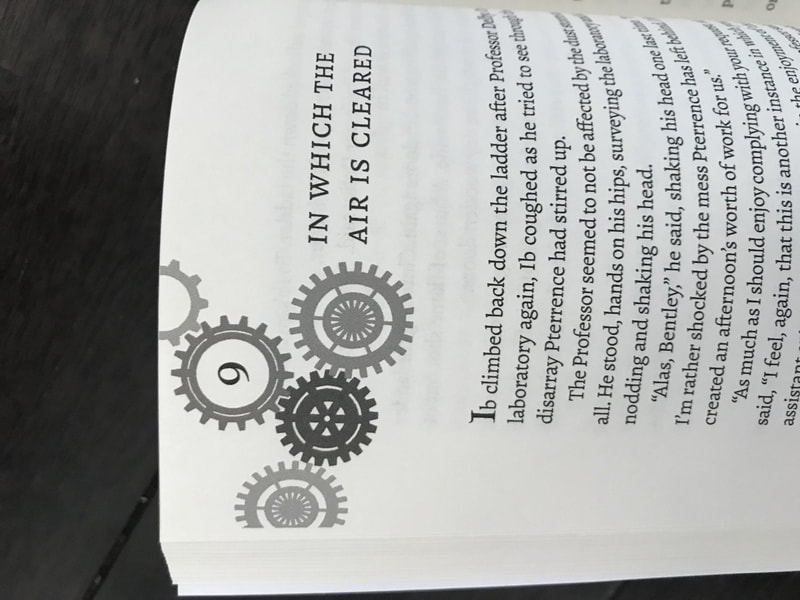
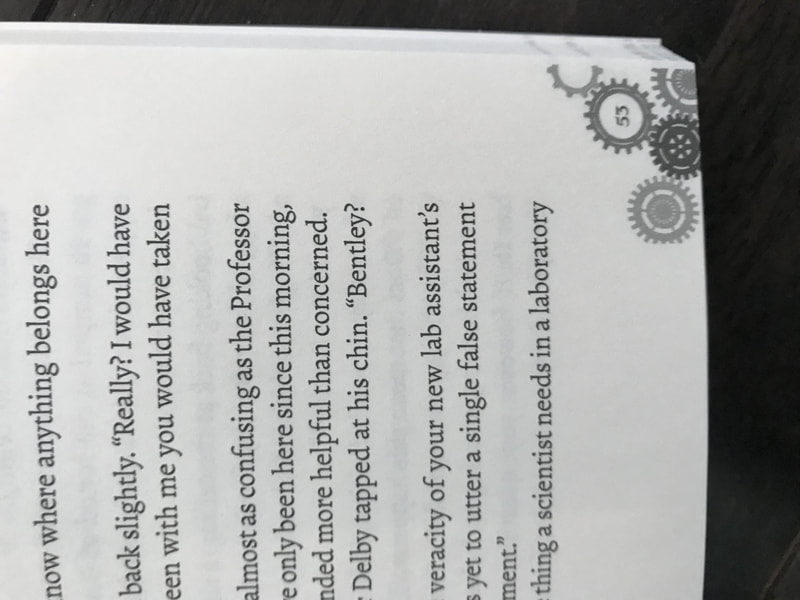
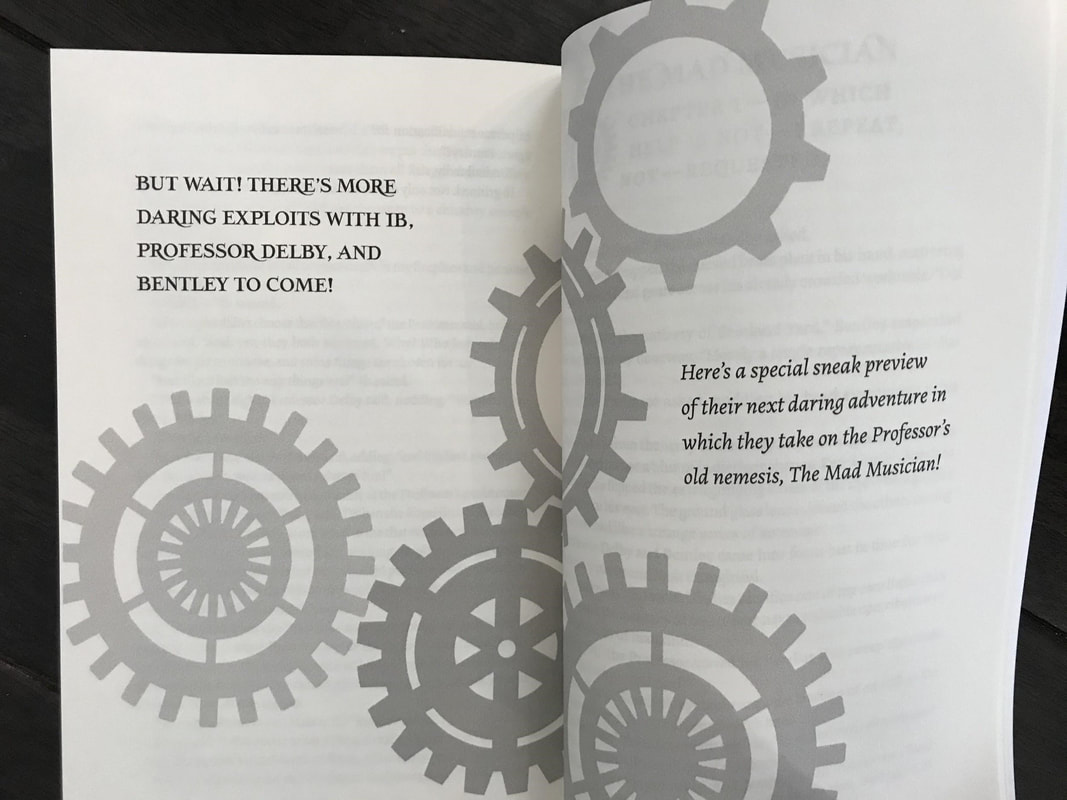
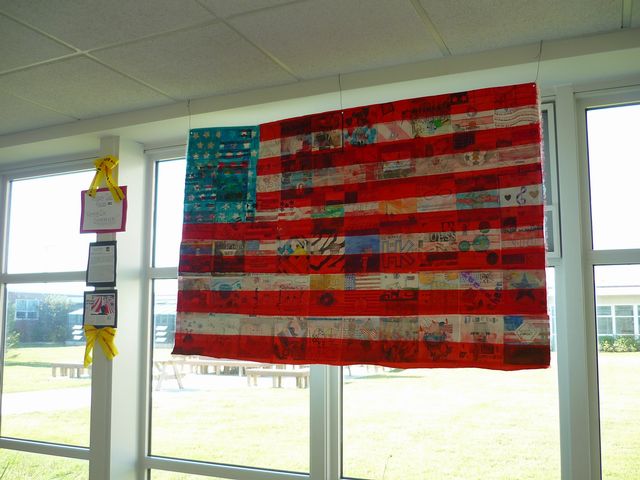
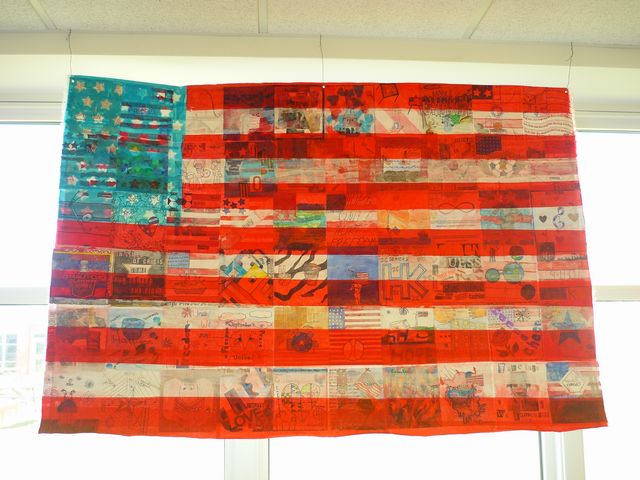
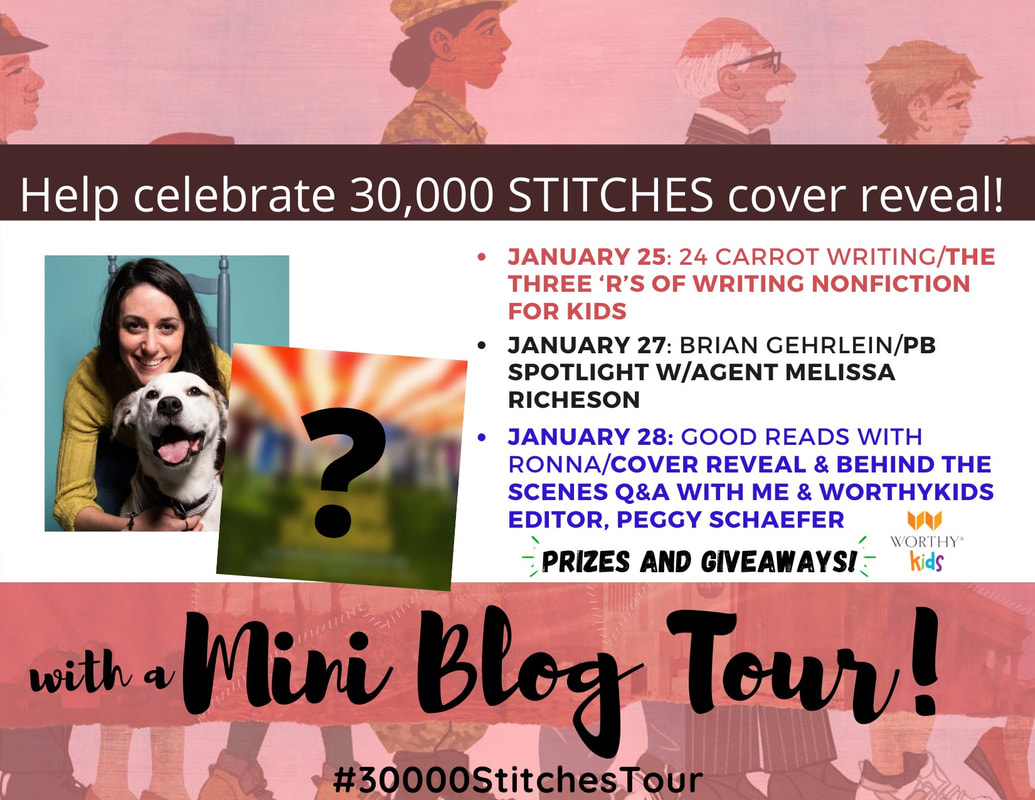
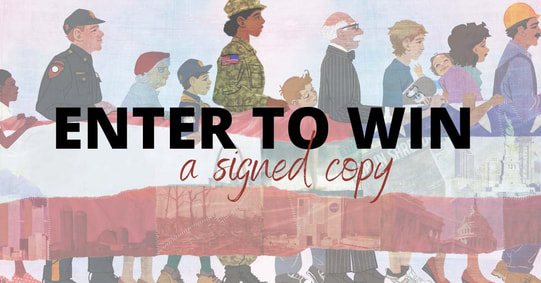

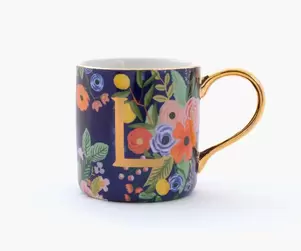

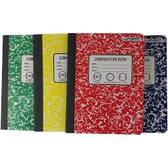

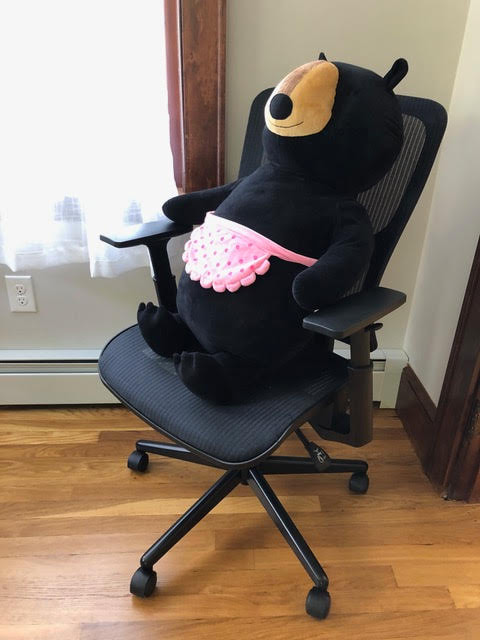
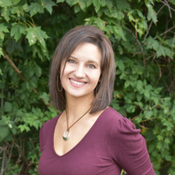


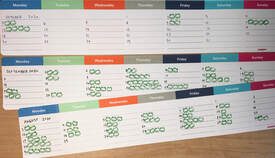

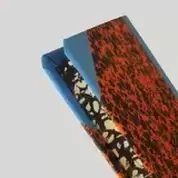
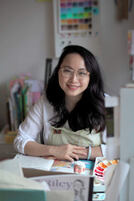
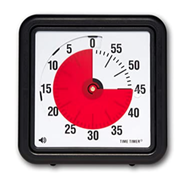

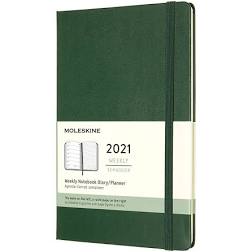


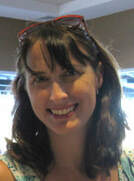
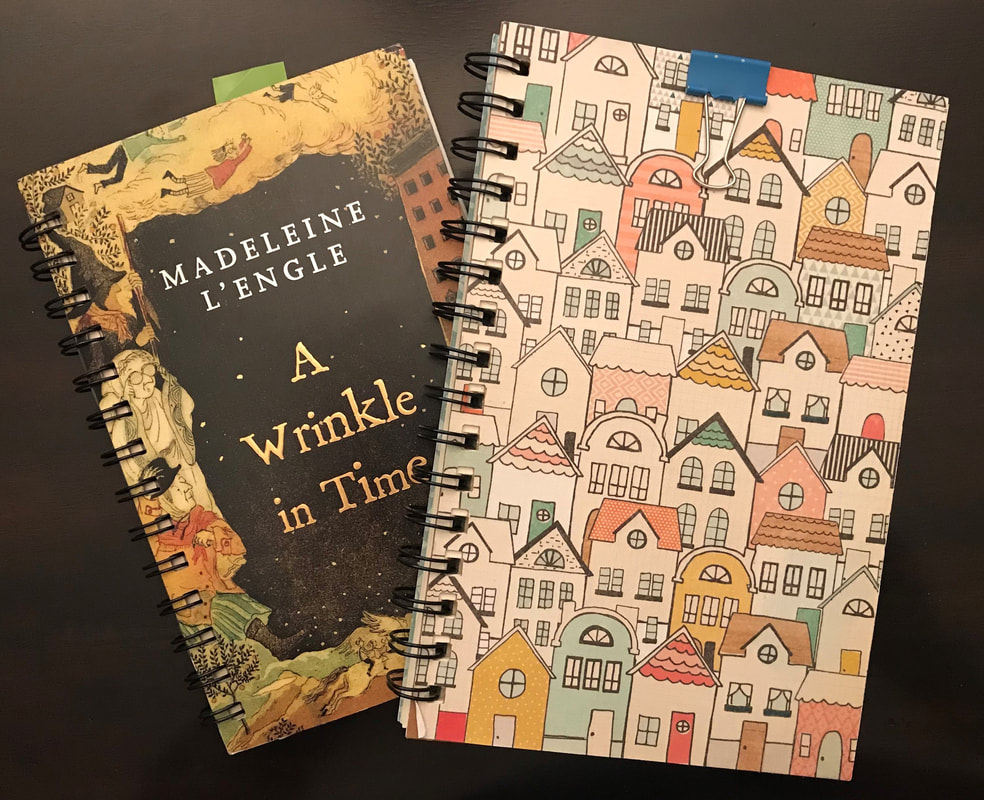

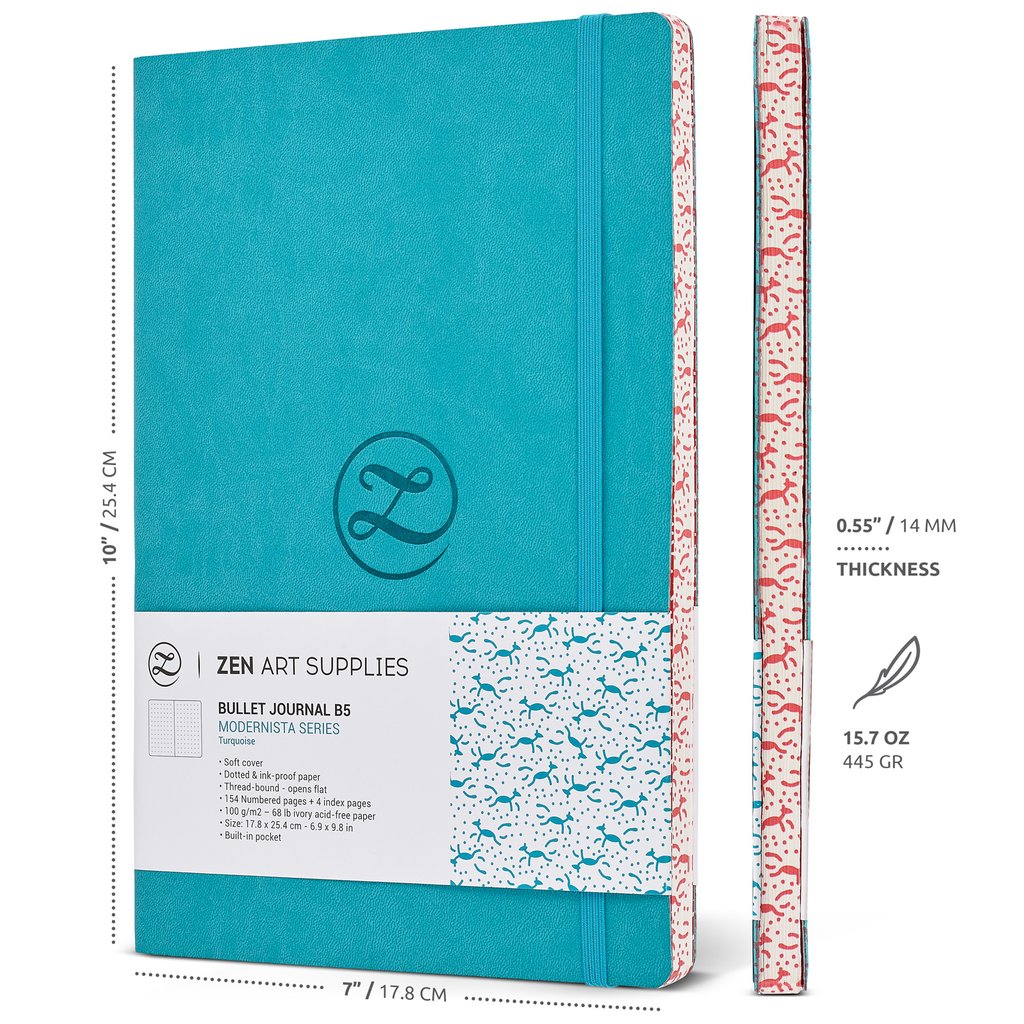
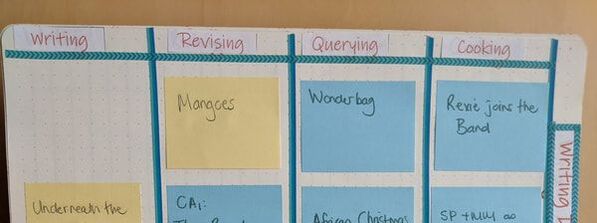

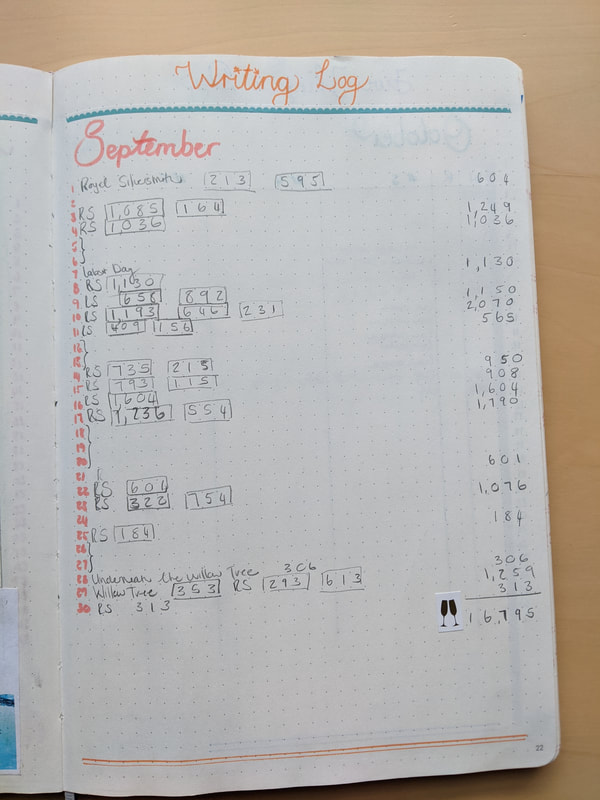
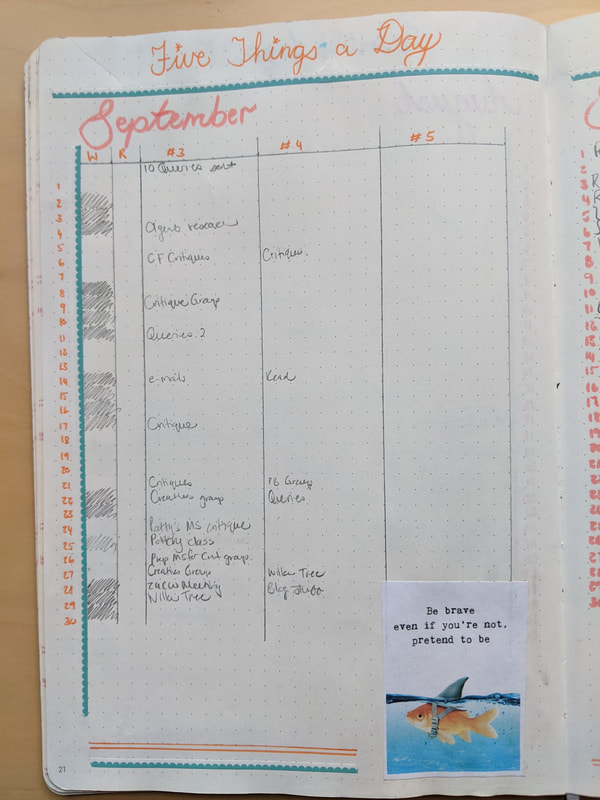
 RSS Feed
RSS Feed